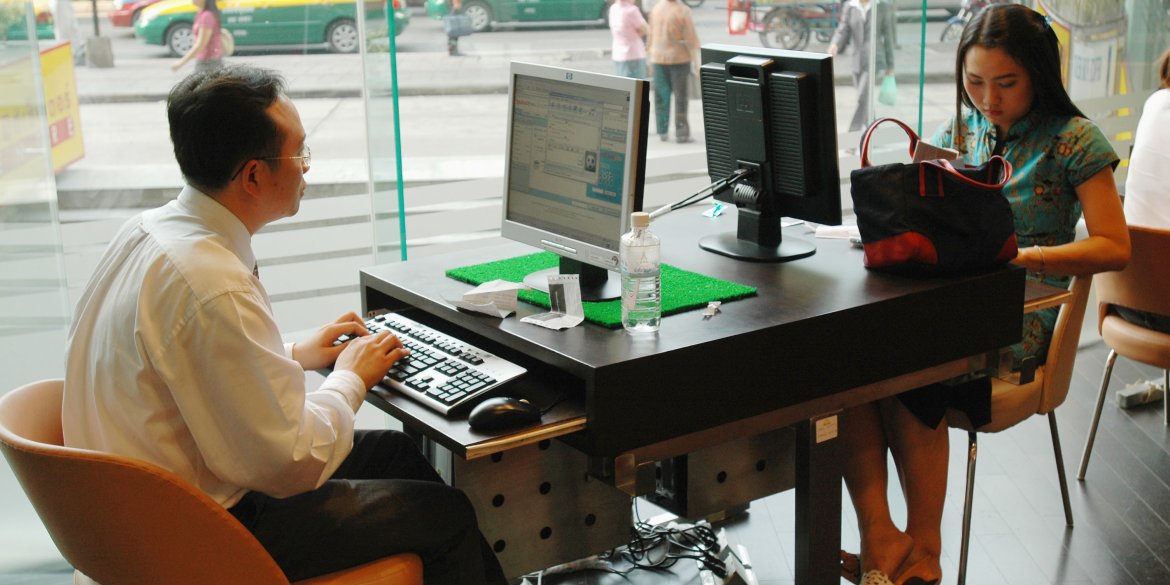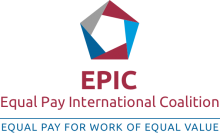PROMOTING EQUAL PAY
PROMOTING EQUAL PAY

SDG target 8.5 states that by 2030, achieve full and productive employment and decent work for all women and men, including for young people and persons with disabilities, and equal pay for work of equal value. Despite some progress, gender wage gaps persist and are even widening in some occupations. Gender pay gaps represent one of today’s greatest social injustice.
Watch the ILO info story "Tackling sex discrimination through pay equity"
The ILO Equal Remuneration Convention, 1951 (No. 100) states the principle of equal remuneration for men and women workers for work of equal value. The concept of equal remuneration for work of equal value is broader and encompasses cases where men and women do different work. In order to determine whether different types of work have the same value, they can be assessed through a gender neutral job evaluation method.
For example, some of the jobs that have been compared in the context of evaluating equal pay for work of equal value include: caterers and cleaners (mostly women) with gardeners and drivers (mostly men); social affairs managers (mostly women) with engineers (mostly men); and flight attendants (mostly women) with pilots and mechanics (mostly men). Minimum wages in sectors or occupations where women predominate are often lower than those of men. This can partly be explained by their lack of representation in bargaining processes, but also by societal norms and the tendency to undervalue women’s work (source).
Explore our capacity development programmes on equal pay
- Igualdad Salarial: El enfoque de la OIT, free self-paced eLearning course (Spanish)
- Closing gender pay gaps: An online module for policy makers, free self-paced eLearning course (English/French)
- Closing gender pay gaps: Making the case at company level, free self-paced eLearning course (English/French)
- ILO Gender Certification Programmes
- The Empowering Women at Work (EW@W) platform: Introducing the new EWAW Gender Pay Gap module
- “Clase maestra: Igualdad de género empresarial / Convenio 100 de la OIT”, ILO video (Spanish)
The International Labour Standards, Rights at Work and Gender Equality Team (ILSGEN) of the ITCILO is committed not only to delivering global training programmes on the topic but also to partnering on strategic initiatives for social justice. One such initiative is the Equal Pay Transparency project in Portugal, which supports the national implementation of the EU Directive on Pay Transparency. Funded by the European Union's CERV programme, the project aims to develop a gender-neutral job evaluation tool and strengthen the capacity of key Portuguese stakeholders to identify and address pay inequalities.
